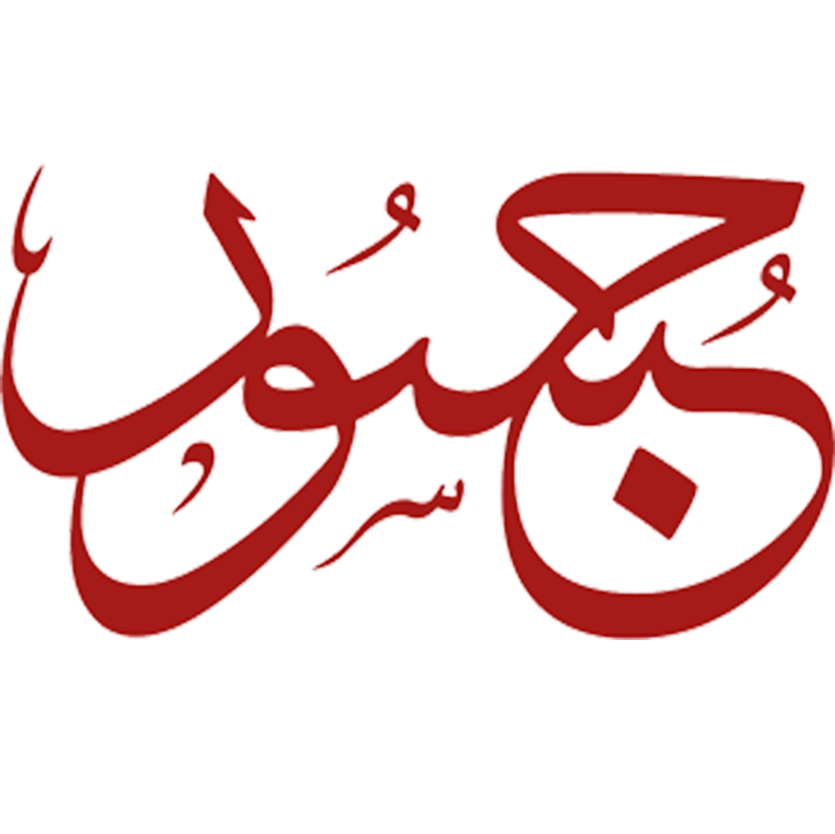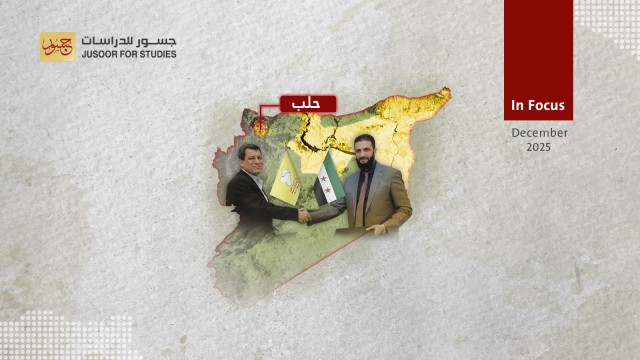HTS Faces an Internal Crisis and Anger on the Streets
Opposition-held areas of north-western Syria have witnessed angry demonstrations against de facto rulers Hay’at Tahrir al-Sham (HTS) since February 25. The protests were sparked by a campaign of arrests and torture of people suspected of infiltrating the organization on behalf of various external powers (the Assad regime, Russia and the international coalition against the Islamic State group).
The crisis, over what has become known locally as the “case of the coalition agents”, has caused an unprecedented internal crisis within HTS ranks which poses major threats to the group’s standing.
The dynamics of the demonstrations differ significantly from previous anti-HTS protests, particularly given the participation of disparate groups. Independent civil activists are the biggest presence, but alongside them are members of Hizb ut-Tahrir, which sees the wave of anger as an opportunity to renew its own protests against the group. Moreover, the protests have involved members of HTS itself, resentful against the body’s leadership over the abuses suffered by their comrades and relatives in HTS custody. Individuals from other anti-HTS armed factions have also taken part.
As the protests have continued, despite the demonstrators’ many hues, they have escalated their demands. These including calling for the resignation of HTS leader Abu Muhammed al-Jolani, the dismantling of its Public Security Apparatus ( jihaz al-aman al-‘am ), and accountability for perpetrators of abuses.
In response, Jolani is attempting to rein in the protests and extinguish the group’s escalating internal crisis, for fear that it could fuel further anger on the streets. He has held meetings with activists, journalists, local notables and militant commanders, offering promises to respond to their demands. He has also threatened to respond more forcefully if certain red lines are crossed.
Jolani is likely seeking a temporary solution to the crisis within the military wing of HTS, in order to widen his options for tackling the protests and their demands. These include Jolani’s resignation; the dismantling, reforming or integrating the group’s security apparatus into the Salvation Government, the HTS-dominated de facto government of Idlib; and changing the framework of governance in the Idlib region, by choosing a new Shura Council for the Salvation Government that would more clearly represent the region and the population.
Taking the wind out of the protestors’ sails is likely to depend on what HTS is able to offer in terms of practical measures and genuine reforms. This appears to be limited to containing the crisis in the group’s military wing, through the release of most of the latter’s detained leadership, notably Abu Maria Al-Qahtani, pushing the Salvation Government’s “Ministry of Justice” to issue a general amnesty, and extending financial assistance to the families of those killed and to government employees.
The protest movement seems fragile and is does not enjoy widespread support. However, a continuation or escalation of the demonstrations could push Jolani and some HTS leaders to gradually test out violence on a limited scale, although they have avoided this option so far. Jolani’s resignation or the dissolution of the public security apparatus - or elections for a new leadership for the region, remain unlikely for the time being, unless the protests grow and turn violent. This could force him to retreat to exercising power from behind the scenes. He has used such a strategy before, when establishing HTS. He appointed Hashim Al-Sheikh (Abu Jaber) as the leader of the body and affiliating the Public Security Service to the Ministry of the Interior in the Salvation Government after ensuring HTS domination over it, as well as establishing a separate security force similar to Iran’s Revolutionary Guard.
Given the complex dynamics surrounding the protests in Idlib and their military, political, and social dimensions, they are likely to have major consequences for the future of the region, especially in terms of security and stability in the case they are met with violence. By contrast, if they are fully contained, this could lead to cosmetic changes in the body’s leadership as well as more concrete changes in its structure and the balance of power within it.








